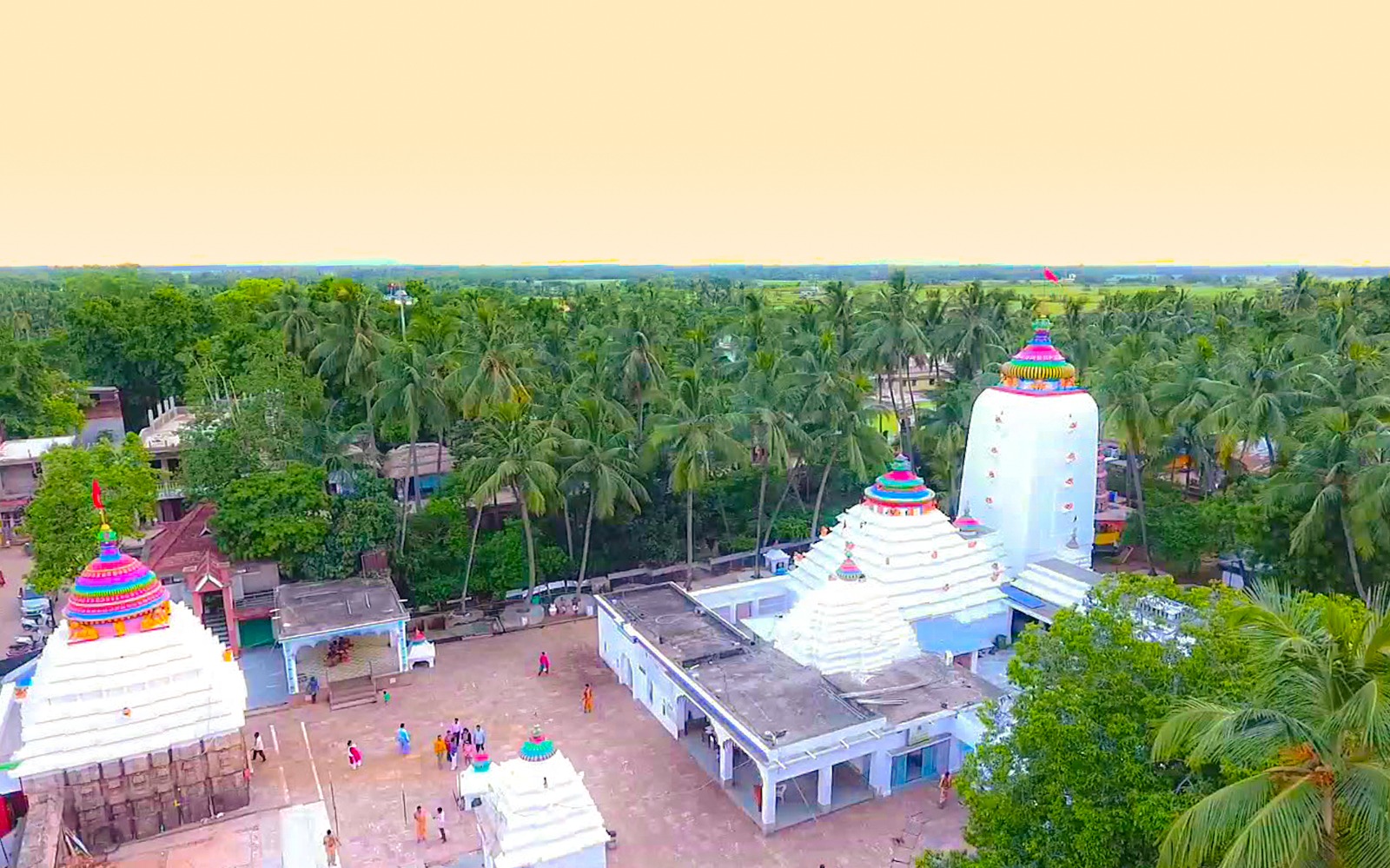
Biraja Devi Temple, Jajpur, in Odisha, is one of the Ashtadasha Shakti Peethas of Bharat. This is the oldest Tantrik Peetha in Odisha.
Biraja Devi Temple is deeply revered for its profound spiritual significance in the temple heritage of Odisha. It is a renowned historical temple in the state of Odisha, approximately 125 Kms from the capital city Bhubaneswar. Biraja Devi is worshipped for granting salvation to seven generations of ancestors, showcasing her immense power. She blesses her devotees with great abundance, creativity, wealth, and prosperity, as well as eliminating mental illness, Naga doshas, and enmity. It serves as a powerful center for Shakti worship, attracting devotees seeking spiritual solace and blessings.
The main deity of the temple is Durga Devi, who is worshipped in the form of Viraja Devi, and Lord Shiva is worshipped in the form of Jagannatha. Sri Adi Shankaracharya wrote the ‘Ashtadasha Shakti Peetha Stuti’ and praised the deity as Girija Devi. Biraja Devi is also known as Biraja, Viraja, or Girija.
Deity of Biraja Devi
Biraja Devi Deity is a unique and tyrannical representation of the two-armed Mahisasuramardini. The deity in the Biraja Devi Temple stands on Mahishasura, a buffalo-faced demon. She has kept one leg on a lion, symbolizing power and valor, and the other on Mahishasura’s chest, representing subjugation of evil.
She is dwibhuja, which means ‘having two hands’; with one hand, she has pierced the chest of Mahishasura with a spear, and with the other, pulling his tail. This represents the triumph of victory over evil.
Biraja Devi’s crown is beautifully decorated with the Ganesha symbol, a crescent-shaped moon, and a Shiva Linga. This emphasizes the divinity and auspiciousness of the deity.
Architecture of Biraja Devi Temple
Jajati Keshari of the Somavamshi Dynasty built this awe-inspiring temple during the 13th century. This marvelous temple has the Kalinga style of architectural brilliance of the ancient Bharat. The base of the Biraja Devi Temple is in triangular form, representing a yantra, each apex facing towards the west, southeast, and northeast directions.
The triangular base has a Shiva Lingam in each corner: Uttarsvar/Vilvesvara in the west, Varunesvara in the southeast, and Kilalatesvara in the northeast.
Vedic History of Biraja Devi Temple
Daksha Prajapati was one of the sons of Lord Brahma, who had a youngest daughter named Sati Devi. Once he conducted the swayamvara of Sati Devi, inviting all devas, kings, yakshas, and gandharvas to attend the swayamvara. But he did not invite Lord Shiva, since he considered him smashana vasi and a wandering sage. For the sake of formality, he constructed the statue of Lord Shiva and placed it there to insult him.
But Sati’s immense love for Lord Shiva made her garland the statue of Lord Shiva. Immediately Lord Shiva accepted Sati as his wife and took her to his abode, Kailasha. This angered Daksha Prajapati, and hatred for Lord Shiva grew in his heart.
Once Daksha conducted a yagna in which he invited all the prominent personalities of the universe, except Sati Devi and Lord Shiva. When Sati Devi came to know of this, she expressed her desire to join the yagna, but Lord Shiva denied sending her as they were not invited. Despite her husband’s denial, Sati Devi reached the place to attend the yagna of King Daksha, where King Daksha insulted Lord Shiva in front of everyone. Goddess Sati could not tolerate this insult and decided to self-immolate her body in the fire.
Enraged by the death of his wife Sati Devi, Lord Shiva sent his Bhuta Ganas and Veerabhadra to destroy Daksha Prajapati and unable to bear the separation from his wife, Lord Shiva carried her body all over the universe.
On the request of Lord Brahma and other devatas, Lord Vishnu severed the body of Sati Devi using his Sudarshana into 51 parts. These body parts of Sati Devi fell at different places on the earth, which became Shakti Peethas – the prominent centres of Shakti. Adi Shankaracharya also glorified the Ashtadasha Shakti Peethas, i.e., 18 Shakti Peethas (18 temples of Shakti), which are prominent compared to 51 Shakti Peethas.
Biraja Devi Temple is the place where Nabhi of Sati Devi fell, and it is revered as one of the Ashtadasha Shakti Peethas as well as 51 Shakti Peethas.
Temples within Biraja Devi Temple Complex
Sri Bagalamukhi Deity
Sri Bagalamukhi Devi is positioned to the right of Maa Biraja. The deity is in Dasamahavidya Roopa.
Nabhi Gaya Well
This is the place where the navel of Gayasura is situated. Sraddhas are performed here. This is one of the Pancha Gaya Ksetras in India. Throughout the day, pindas are offered and put into the Nabhi well. Mysteriously, by the next morning, whatever pindas are put on the previous day, everything disappears.
Koti Linga Shrines
The temple is home to a fascinating collection of over a crore (koti) Shiva Lingas, symbolizing Lord Shiva’s omnipresence.
Nearby Temples to Visit
Brahma Kunda - Believed to have been created by Lord Brahma, this spot provides an ideal setting for reflection and meditation. The main deity of the temple stands 70 feet tall, surrounded by numerous other small deity idols of Lord Shiva, Vishnu, and other deities.
Dasaswamedha Ghat – It is located on the sacred Vaitarani River. King Jajati Keshari performed Dasaswamedha (10 Ashwamedha) yagnas here.
Saptamatruka Temple – This temple is dedicated to seven Mother Goddesses: Barahi, Indrani, Chamunda, Vaishnavi, Brahmi, Koumari, Maheshwari, and Narasinhi.
Jagannatha Temple – The main deity of the temple is Lord Jagannath, accompanied by Bhalabhadra and Subhadra.
Varahanatha Temple, or the Yajna Varaha Temple – This temple was constructed in the 15th or 16th century and is dedicated to Lord Varaha.
Temple Timings of Biraja Devi Temple
The darshan timings of Biraja Devi Temple are as follows:
Morning – 5:30 am to 1:30 pm.
Evening – 3:00 pm to 9:00 pm.
Best Time to Visit Biraja Devi Temple
November to February is the best time to visit this temple. The pleasant weather in the winter season makes it suitable for devotees to attract this holy dham.
Daily Rituals and Festivals of Biraja Devi Temple
Biraja Devi is worshipped twice daily: once in the early morning and again in the evening. The Panchopachara (five items of puja) system of worship is observed here. Balabhoga and Annabhoga are offered twice a day.
Triveni Amavasya – It is celebrated as the Brahmostava of Biraja Devi. It is the most significant festival observed in the month of Magha (January-February). On this day, the Devi is worshipped as Savitri, adorned in yellow attire and gold ornaments.
Dola Purnima – This festival is observed in the month of Phalguna (February-March). On this day, the deity is carried on a chariot to the dolavedi (pedestal) in the evening. After the ritual, a sacred red powder called fagu is sprinkled over her, followed by an astrologer reading the almanac for the year.
Varuni Festival – On the auspicious day of Varuni, in the month of Chaitra (March-April), Goddess Biraja is given a ceremonial bath in the Vaitharani River. This event attracts large numbers of devotees.
Savitri Amavasya – This festival is celebrated in the month of Jyestha (May-June). It is mainly observed by married women who fast and pray for the long life of their husbands. Many women rush to the temple carrying new clothes. After the worship of the goddess Biraja Devi, they break the fast.
How to Reach Biraja Devi Temple?
If you plan to visit the Biraja Devi Temple and other sacred places, consider taking Tirtha Yatra’s Jagannath Puri Yatra. All arrangements are well taken care of.
If you wish to travel on your own, here are a few options.
By Air: The nearest airport to Jajpur is Biju Patnaik International Airport, which is located about 103 Kms from the Biraja Devi Temple. From the airport, taxis can be hired.
By Train: Train service is available to reach this beautiful temple. The nearest railway station to the Biraja Devi Temple is about 32 Kms away, i.e., Keonjhar Railway Station. From here, a taxi or bus can be hired to reach the destination.
By Road: If you prefer to travel by bus, the regular buses are available from the nearest cities like Bhubaneswar, Balasore, etc. Jajpur Bus Stand is situated 2 Kms away from the temple. You can also prefer to travel by taxi from the airport, railway station, or the bus stand.


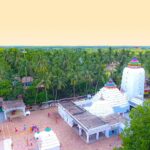
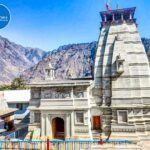



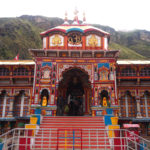
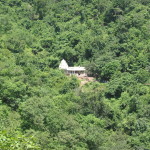
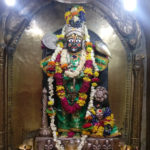
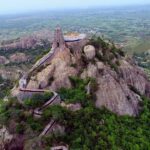
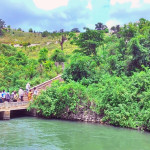
Leave a Reply